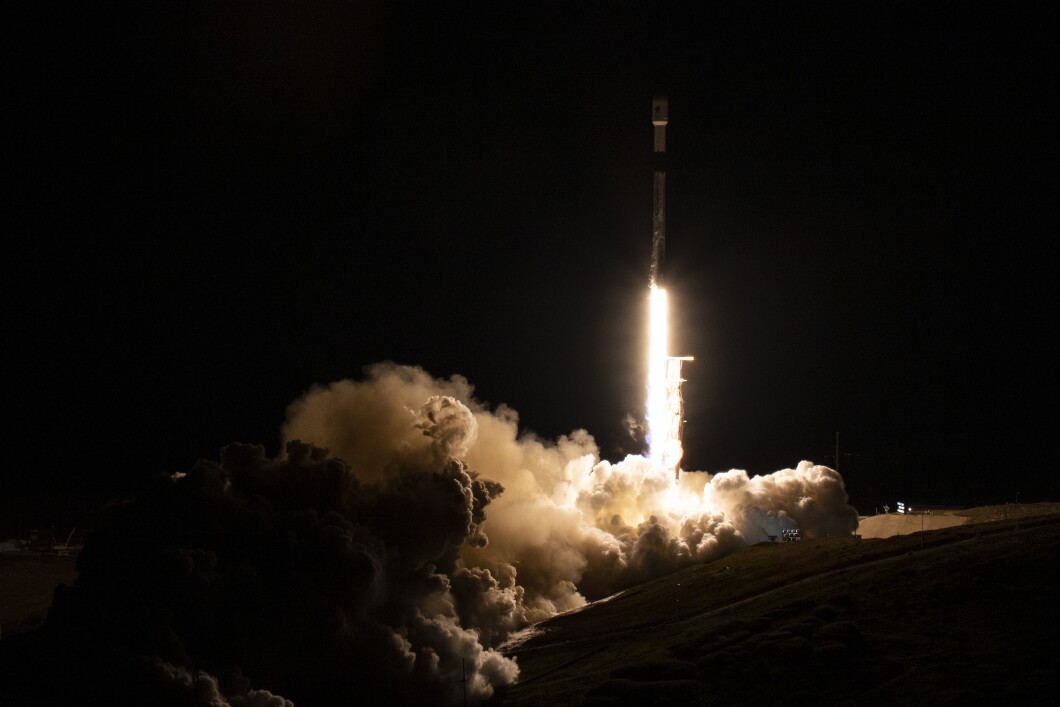
The National Aeronautics and Space Administration announced plans to test a new nuclear-powered rocket, saying it’s capable of greatly reducing the time it would take to fly astronauts to Mars.
The agency is partnering with the Defense Advanced Research Projects Agency in what is being called the Demonstration Rocket for Agile Cislunar Operations, or DRACO, program, according to a press release.
ASTEROID SIZE OF FIRETRUCK EXPECTED TO BUZZ EARTH IN CLOSEST FLYBY IN 300 YEARS
Aside from reduced travel time, such a rocket would also allow a greater payload and better communications and instrumentation.
It is estimated that a nuclear thermal rocket could be three or four times more efficient than the standard chemical propulsion used currently. However, the technology isn’t expected to be developed until 2027.
“NASA will work with our long-term partner, DARPA, to develop and demonstrate advanced nuclear thermal propulsion technology as soon as 2027. With the help of this new technology, astronauts could journey to and from deep space faster than ever — a major capability to prepare for crewed missions to Mars,” NASA Administrator Bill Nelson was quoted as saying.
“Congratulations to both NASA and DARPA on this exciting investment as we ignite the future together,” he said.

“DARPA and NASA have a long history of fruitful collaboration in advancing technologies for our respective goals, from the Saturn V rocket that took humans to the Moon for the first time to robotic servicing and refueling of satellites,” Dr. Stefanie Tompkins, director of DARPA, said.
“The space domain is critical to modern commerce, scientific discovery, and national security,” she continued. “The ability to accomplish leap-ahead advances in space technology through the DRACO nuclear thermal rocket program will be essential for more efficiently and quickly transporting material to the Moon and eventually, people to Mars.”
CLICK HERE TO READ MORE FROM THE WASHINGTON EXAMINER
NASA is poised to develop the engine itself, and DARPA will be responsible for developing the spacecraft and handling the bureaucracy involved. The goal is an in-space demonstration in 2027.
The last test of a nuclear propulsion engine occurred over half a century ago, under NASA’s Nuclear Engine for Rocket Vehicle Application and Rover projects.






